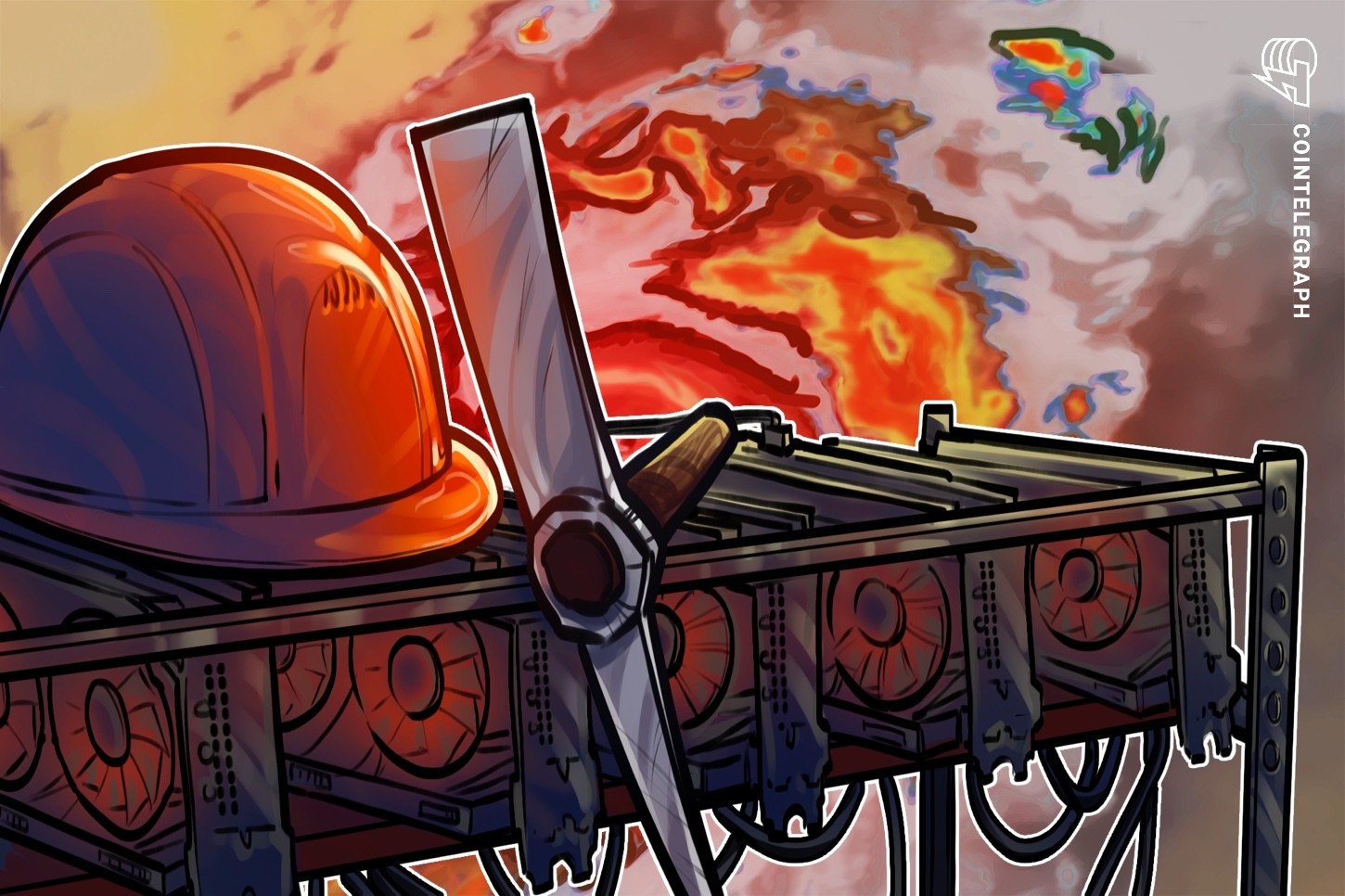Energy problems in North America and Europe and prevailing market conditions have spelled another bleak quarter for Bitcoin (BTC) mining operators on both continents.
The latest Q3 mining report from Hashrate Index has highlighted several factors that have led to a significantly lower hash price and higher cost to produce 1 BTC.
Hash price is the measurement used by the industry to determine the market value per unit of hashing power. This is measured by dividing the dollar per terahash per second per day and is influenced by changes in mining difficulty and the price of BTC.
As Hashrate Index reports, Bitcoin’s hash price was afforded some reprieve in the middle of Q3 as heat waves during the American summer led to a drop in hash rate, which corresponded with a slight BTC price recovery.
However the price of Bitcoin dropped below $20,000 once again and hash rates climbed to new all time highs in September, leading to the hash price slipping closer to all-time lows.
Miner profit margins were further threatened by rising energy costs in North America and Europe. The latter has been particularly hard hit by a “combination of mis-managed renewable energy policies, under investment in oil and gas, nuclear plant decomissionings, and Russia’s war with Ukraine,” which have sent energy prices sky-high.
Related: Top 3 reasons why Bitcoin hash rate continues to attain new all-time highs
American miners have had to contend with the average cost of industrial electricity increasing 25% from $75.20 a megawatt hour to $94.30 per megawatt hour from July 2021 to July 2022. This has also had an effect on hosting service providers that are increasing their power prices in hosting contracts.
As hash price has dropped, some mining operators with mid-range equipment are facing down reaching breakeven costs margins. In the past, retail miners have either abandoned or sold rigs that are no longer profitable to mine.
Liquidating these assets is also becoming more difficult as Bitcoin mining values have been in decline throughout 2022. Rig prices dropped significantly in May and June but “flattened” in August and September according to the report, while the picture is still bleak:
“Old-gen machines like the S9 experienced a precipitous drawdown at the end of June amid Bitcoin’s freefall to $17.5k. With mining economics in the dumpster, the S9 and similar rigs have become unviable except in the cheapest energy markets.”
Publicly-traded mining firms have also faced increasing pressure with increasing interest rates and greater difficulty acquiring lines of credit. This has led to some firms turning to equity fundraising, which has the downside of diluting shareholders at lower stock prices.
However, these at-the-market offerings allow for quick capital raises, which can help fund continued expansion and operating costs through the ongoing bear market.
Miners have also had to sell BTC holdings in order to keep production going in 2022. However this rate has “slowed progressively” through the third quarter and public miners have sold fewer BTC than their monthly production in August and September for the first time since May.
Hashrate Index also cautioned that Q3 could be a precursor for more tough times for the mining industry with the potential for further distressed asset sales, bankruptcies and miner capitulation as the year comes to a close.


